Natural Killer Cell
Immune-Oncology Assays
- Activation, proliferation and killing (KIR/NKG2D/ ADCC)
- ADCC tumour cells or pathogenic autoreactive immune cells
- CRA-predictive toxicity
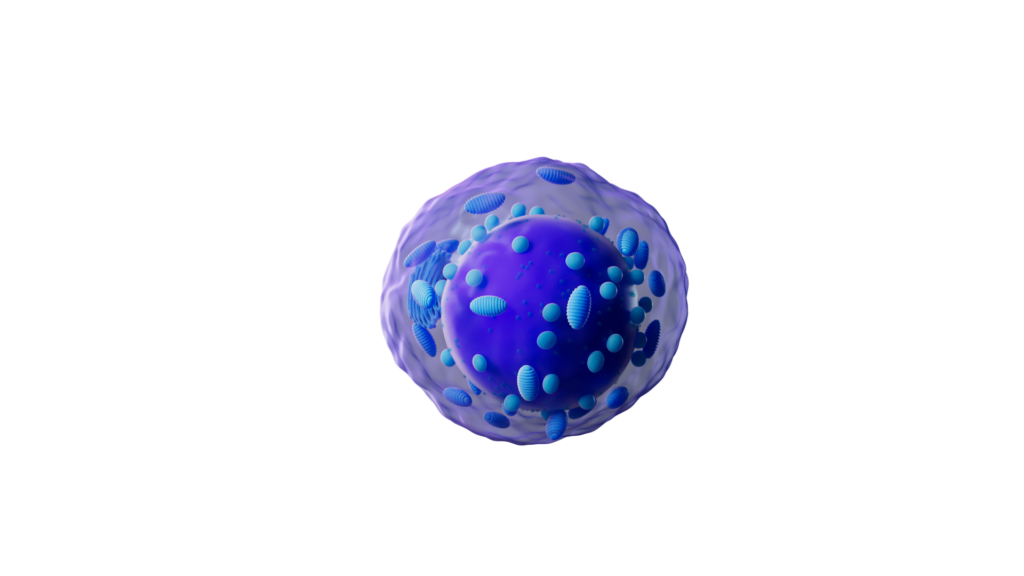
Therapeutic targeting of NK cells for Immuno-Oncology and Autoimmunity
Antibody dependent cell cytotoxicity (ADCC) in a 3D tumour spheroid model
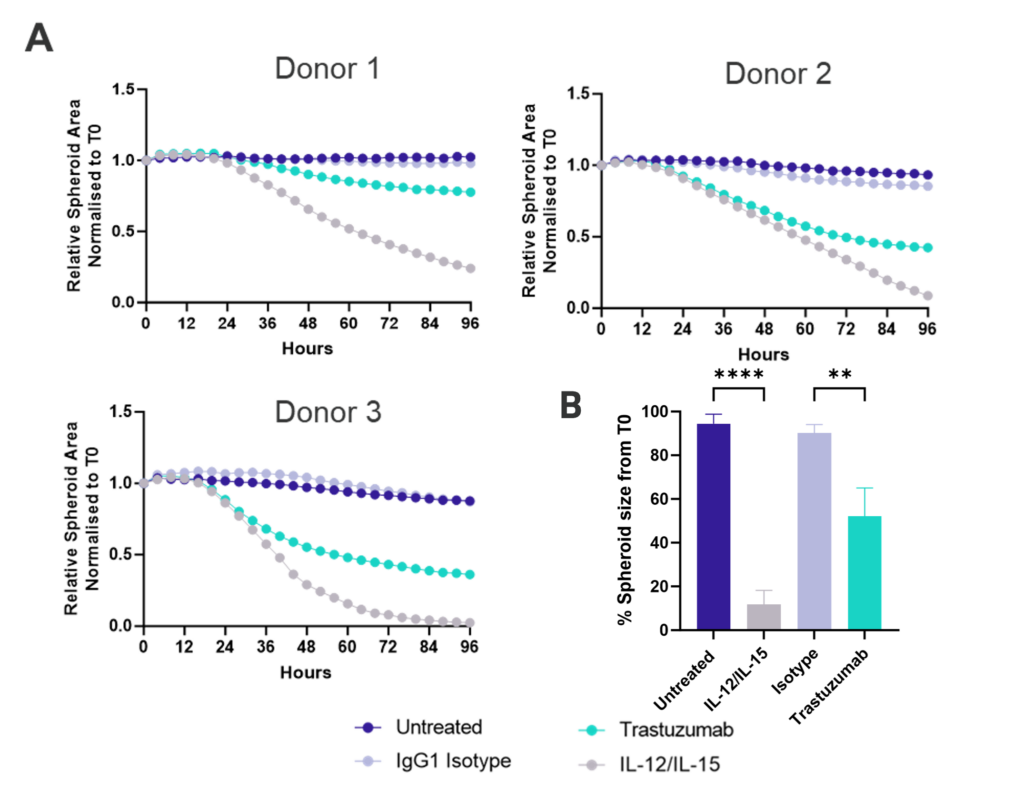
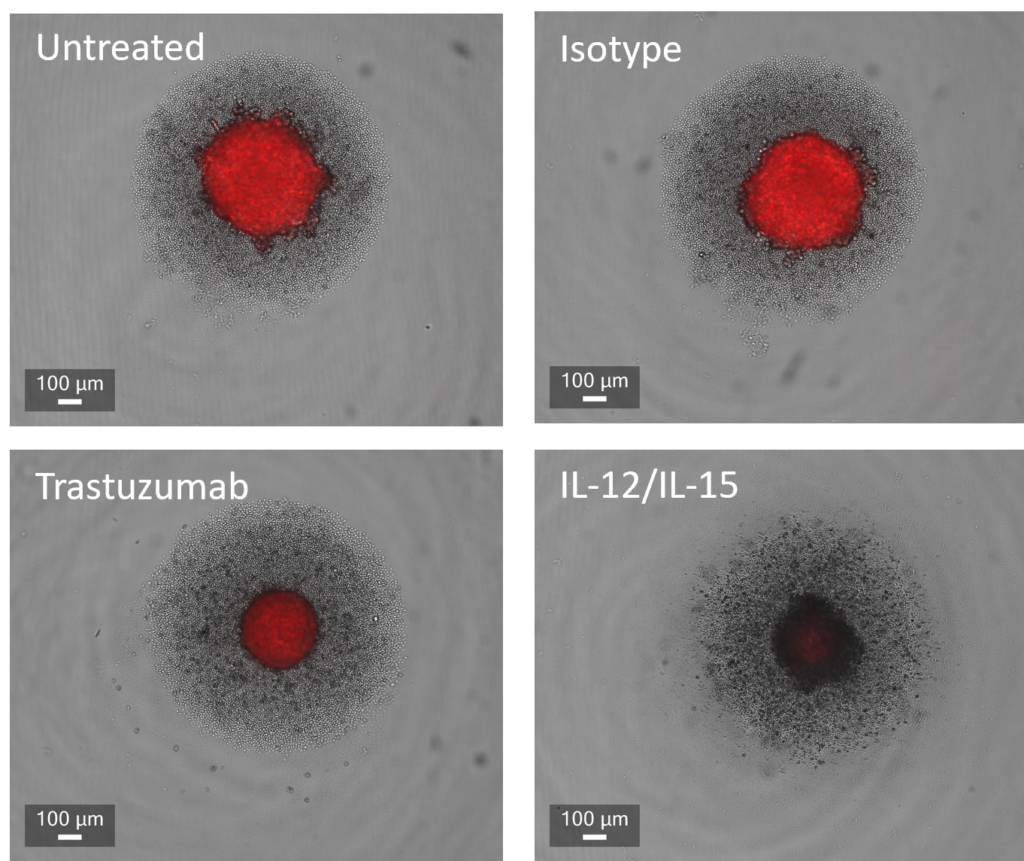
Figure 1: SK-OV-3 NLR cells expressing HER2 were plated were seeded into 96 well plates and once spheroids were established purified NK cells were added to cultures in the presence of Trastuzumab or IgG1 Isotype or IL-12/IL-15 or vehicle (untreated) and imaged every 4 hours for 96 hours using the CellCyte X. Relative spheroid area (%) was measured (A) and the AUC (B) calculated using GraphPad Prism v9.5.0. Line graphs show the mean of triplicate wells and the bar graph shows mean +/- SEM of 9 donors. (C) Representative images from the CellCyte X at 96 hours post NK cell addition to tumour spheroids.
Assessing antibody dependent cell cytotoxicity (ADCC) driving the depletion of pathogenic immune cell subsets
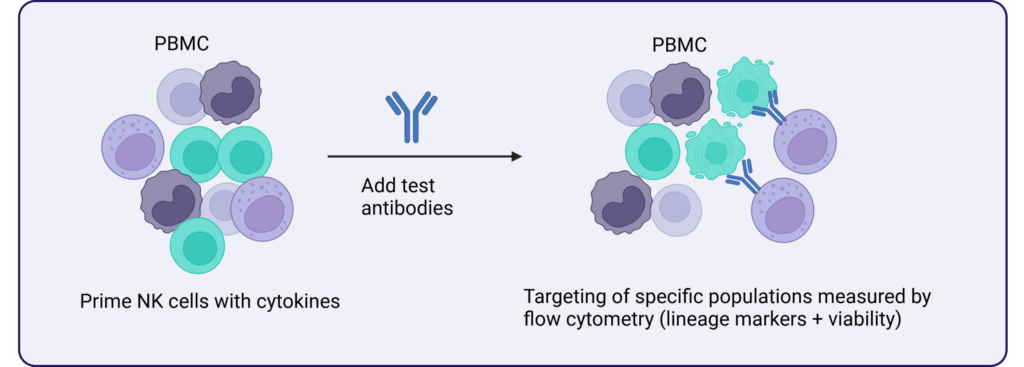
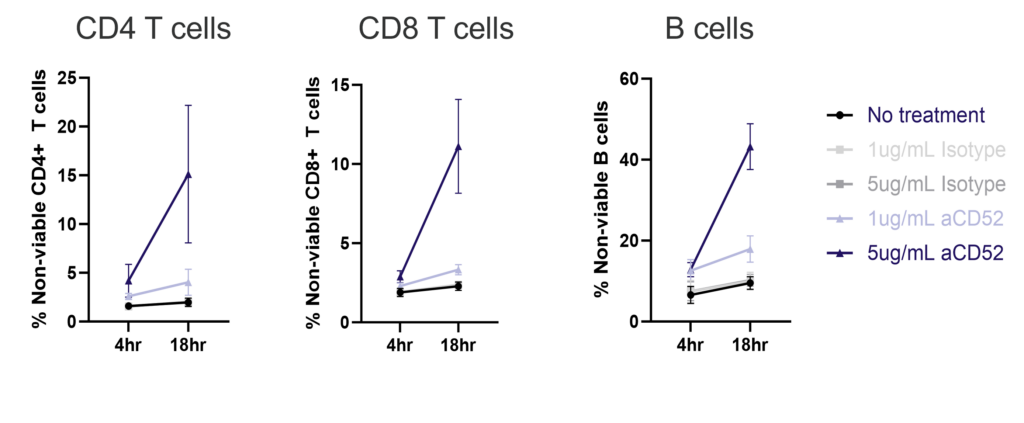
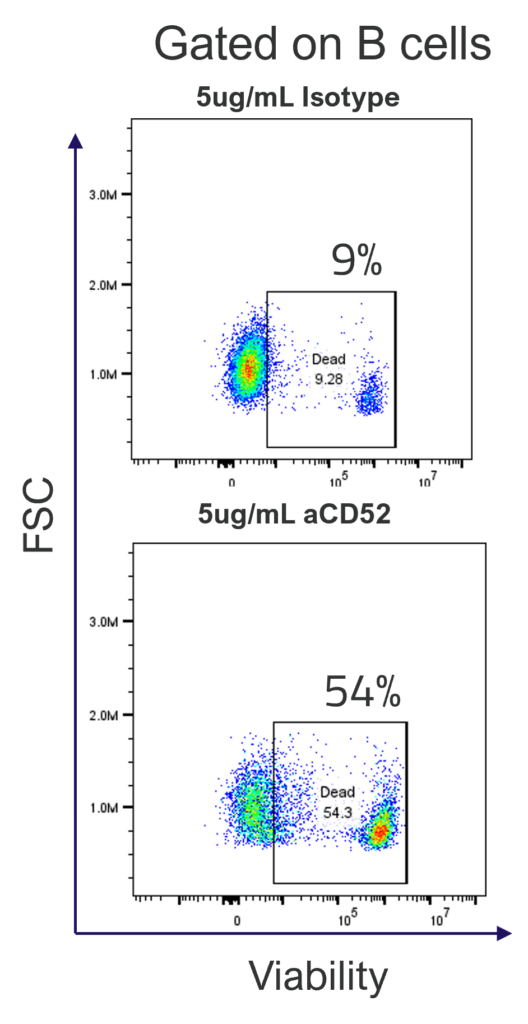
ADCC PBMC assay to test specificity of the immune cell depleting antibody Alemtuzumab. Anti-CD52 antibody (Alemtuzumab) mediates killing via ADCC of CD52 expressing immune cells including T and B cells. The viability of CD4, CD8 and B cells was measured by flow cytometry after 4 and 18h of culture in the presence of an anti-CD52 IgG1 (Alemtuzumab) antibody or isotype at two concentrations. Graphs show mean +/- SEM, n=3 donors.

Drug Discovery Tool
Find the right immune assay for your therapeutic area, modality and target using this interactive Drug Discovery Tool.
